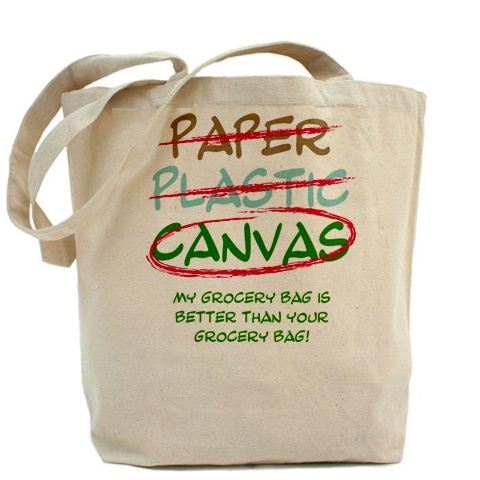
Water. We all need it to live, it's as simple as that. A basic human necessity.
For most, a simple glass of tap water is enough, a look into my local water board shows me that its treatment processes are enough to keep me happy that I'm getting clean drinking water delivered to my home, for a small amount per day.
Then there is the lucrative mineral water market, making people feel that this pure mountain filtered volcanic water is better for you, even though technically it contains more 'non water' elements (ie elements and compounds that aren't H2O).
This market has existed for a long time and seems to show no sign of slowing down.
On the contrary, if anything it is expanding into new and ever more stupid areas, testing the limits of human misunderstanding, preying of the most ill-informed members of society.
I'm talking not of soda, soft drinks and the like, but the new ranges of products that use and abuse the word 'water'.
These products actively use the word water for its healthy connotations with names such as 'Vitamin water' and 'Skinny Water'.
Of course as you might imagine, these products are anything but healthy.
Lets have a look at the nutritional information on these products and see what they contain, bearing in mind that water contains nothing nutritionally, 0 calories to be precise.
Vitamin water (591ml):

Let's just break down that table, and see some of the tricks at work here.
Firstly, one of the typical tricks used, the nutrition table is listed by 'Serving'. Of course, the bottle contains 2.5 servings. So even though you buy a bottle of 'water' you're supposed to only drink one third of it. Let's assume, like most people you drink the whole thing in one sitting, rather than save it over the course of 3 days.
You would take in 13g of sugar per 'serving' which in the whole bottle would be 32.5 grams of sugar. Doesn't seem like such a healthy product now does it?
'Skinny water' is as you would imagine much lower in sugar, I mean, it's called skinny water. But take a second to think about that name. Water is ZERO calories, so what could be more 'skinny' (ie low calorie) than no calories?
Well according to the nutrition information on the bottle, 9 calories is! Yep, skinny water contains 9 calories more than regular water, so how exactly is that skinny?
That brings us onto the Volvic 'A touch of' range. Presumably marketed at those who don't like the neutral taste of regular water, and want a chemical flavoured concoction.
To me this is the worst of the bunch. It's placed alongside the mineral waters in the fridge. It looks as close to the Volvic mineral water range as it can, and rides on the back of the healthy Volvic volcanic water campaigns. The drink is clear, not brightly coloured like, say, Vitamin Water (which is at least a clue to it being bad for you).
The big difference is that Volvic A Touch Of... contains a staggering 23 grams of sugar per bottle!
I'm sure there must be people out there drinking this drink, imaging it's actually good for them, which is why it's such a terrible piece of marketing.
So next time you're feeling thirsty, why not just go for some tap water, it's bound to me more healthy than this lot and let's not even get started on the environmental cost of transporting water around the world!













